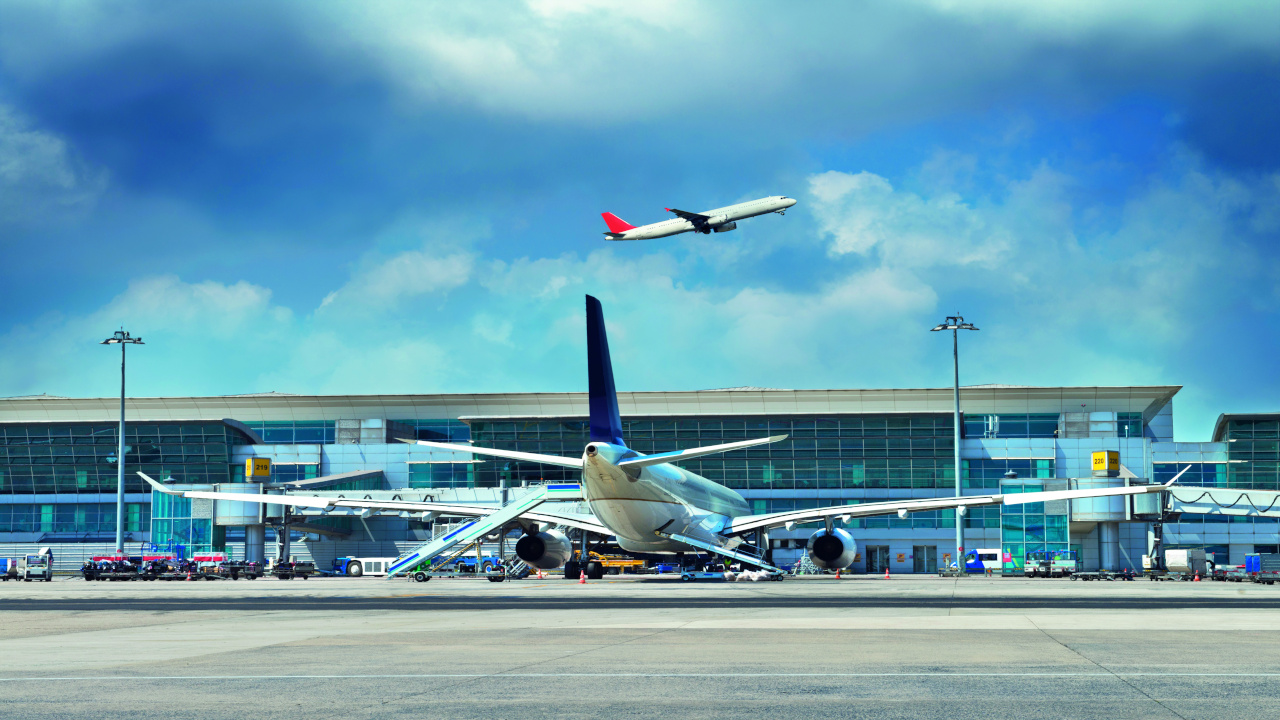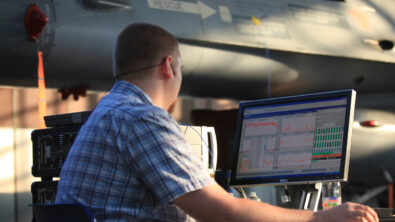Aircraft certification: Answering key questions on the process of achieving airworthiness

Airworthiness is an essential aspect of the aerospace and defense (A&D) industry as it focuses entirely on ensuring the safety, reliability and performance of aircraft and other airborne vehicles. Therefore, the airworthiness certification processes are crucial to meet those regulations and standards. However, increasingly complex technologies and constantly evolving requirements (regulatory, customer, corporate, etc.) are making the aircraft certification process more daunting and expensive. In some cases, it can cost more to certify an aircraft than it does to design one. Traditional processes for documenting and tracing every system and part in an aircraft for all variants are inefficient at best and create risk and opportunity for errors at worst.
To meet these challenges and ensure that A&D products continue to meet high regulatory and safety standards, companies need to integrate certification as a critical part of the product development process, connecting requirements and digital models from the start to establish a traceable chain of data throughout the product lifecycle. By managing the complexity of all certification elements and proof of compliance, it’s possible to accelerate time to a certified aircraft program.
Below, I’ve answered some common questions regarding aircraft certification and how Siemens solutions can streamline the process.
What are the challenges of aircraft certification?
A&D companies already face complex and multifaceted challenges that affect the design, production and operation of an aircraft, to only add the certification processes on top of that list. The certification process involves meeting strict safety and performance standards set by the Federal Aviation Administration (FAA) and other international aviation authorities and government agencies. Many times, these certification processes are managed separately from the engineering and manufacturing disciplines and systems, which can lead to inefficiencies for the overall program.
The injection of new and innovative technologies (software, electronics, batteries, etc.) and sustainability targets further add to the already intricate management of requirements and how they impact programs to stay compliant with the latest regulations.
Another major challenge is how those robust requirements flow down to the impacted parties, whether that is in engineering, manufacturing, production or down the supply chain and how they ensure all necessary certification standards are met.
However, these are also great opportunities for innovation. This new age of technological advancement in software and electronics is integral to the entire supply chain and its role in the airworthiness process as well. The safety and reliability of advanced systems such as avionics, propulsion and aerodynamics all need to comply with the certification requirements.
How is aircraft certification evolving in this climate of innovation and evolution?
Broadly, the aircraft certification process is increasingly digital. The digital tools available today, including those in our Siemens Xcelerator portfolio, are making it possible for companies to incorporate airworthiness into all parts of their program from the start and track and manage those requirements as they are derived downstream into more detailed requirements. Software solutions enable A&D companies to create a “digital thread” running through their programs, where requirements, designs, and testing and certification documentation are compiled and tracked digitally.
Additionally, regulatory agencies adopt new policies to adapt to changing technology and new information. For example, legislation passed in the U.S. in 2020 requires manufacturers to disclose safety-critical information to the FAA, and last year, the agency instituted a new policy requiring that key flight control design changes be considered “major.”
So there are forces impacting aircraft certification both from a process standpoint (e.g., how companies are approaching certification and integrating it into their programs) and a regulatory standpoint (e.g., agencies like the FAA adjusting policies based on new information and technology advancements).
Why is traceability important in aircraft certification?
From a design compliance demonstration standpoint, traceability is necessary as a legal regulatory requirement. It enables the ability to track both up and down and across hierarchies—from requirements to physical parts to supporting data elements—to understand when changes are necessary, what things are affected and how the changes impact the function/performance of the engineered system. For production conformity and aircraft airworthiness, traceability in aircraft certification is important for safety and quality reasons. Should an issue be encountered during any phase of the manufacture or operation of an aircraft, traceability provides a means to research the root cause of the problem and identify the affected aircraft.
How can I get through the aircraft certification process minimizing cost, resources, time and risk?
Enable all teams to be cognizant of and responsible for airworthiness. Just as quality should be built into every step of your processes, by incorporating airworthiness into all parts of a program from the beginning, you can achieve aircraft certification while minimizing costs, resources, time and risk.
The Siemens Xcelerator portfolio makes this possible. With our solutions, you can build certification into your program from the start and create a continuous, traceable chain of data to reduce risk and cycle times. Doing so makes it easier and faster to produce engineering data for verification testing, saving both time and money.
Are you ready to digitally transform your aircraft certification processes with the help of our Siemens Xcelerator portfolio? Visit our aircraft certification hub page to learn more.
About the author
Dave Chan serves as the technical account manager leader at Siemens Digital Industries Software, focused on the aerospace, defense and transportation industries. His tenure with Siemens commenced in 1996, during which he has consistently facilitated customer success through the implementation of digitalization and digital engineering solutions for various commercial and federal clients. Dave holds a bachelor’s degree in industrial engineering from Lehigh University.


